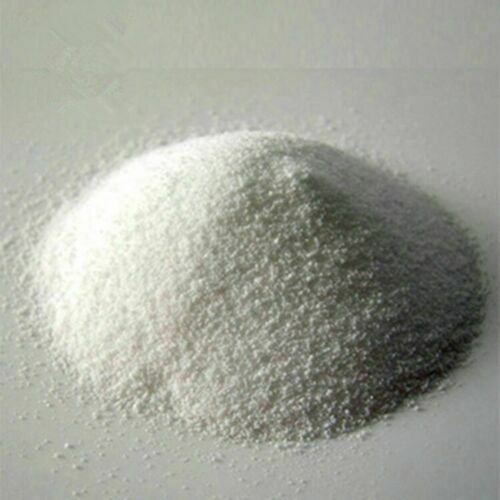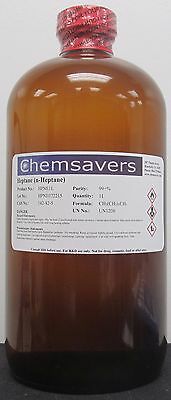-40%
Recombinant Human BMP4 Protein 10ug expressed in human cells
$ 26.39
- Description
- Size Guide
Description
Summer PromotionRecombinant
Human BMP4
Product Specifications
Expression of Human Proteins in Human Cells
Extreme low Endotoxin
High Purity
Animal Free and Xeno Free
Tag Free
Source:
Human cells derived
Structure:
Glycosylated homodimer
Purity:
>95% by SDS-PAGE
Endotoxin Level:
<0.5EU/ug
Molecular Weight:
34-40kDa
Formulation:
L
yophilized from a 0.2μm filtered solution in PBS without carrier protein
Activity Assay
The activity was measured by its ability to induce alkaline phosphatase production in the ATDC-5 cell line (Mouse chondrogenic cell line).
Reconstitution
Briefly centrifuge the vial before opening. It is recommended to reconstitute the protein in sterile
4 mM HCl containing at least 0.1% human or bovine serum albumin.
Stability & Storage
Use a manual defrost freezer and avoid repeated freeze-thaw cycles. In general: 12 months from date of receipt, -20 to -80°C as supplied. 1 month, 2to 8°C under sterile conditions after reconstitution. 3 months, -20 to -80°C under sterile conditions after reconstitution.
Protein Description
Bone morphogenetic protein 4 (BMP-4) is a member of transforming growth factor β family that includes more than 20 structurally related bone growth factors. BMP-4 is widely expressed from early embryogenesis through dulthood. It plays an important role in cartilage and bone formation, mesoderm induction, tooth development, limb formation and fracture repair. Mature human BMP-4 is a 116 amino acids glycoprotein and normally found as a homodimer. Dimerization is facilitated by a disulfide bridge formed between the monomer, which contains three intrachain disulfide bridges arranged in a cystine knot motif. BMP-4 signals through tetrameric complexes composed of type I (primarily Activin RIA or BMPRIA) and type II (primarily Activin RIIA or BMPRII) receptors. The bioavailability of BMP-4 is regulated by its interaction with multiple proteins and glycosaminoglycans.
References
Zhang Y, et al. (2008)Blood 111,1933.
Shore EM, et al. (1998)Calcif. Tissue Int. 63,221-229.
Nakamura K, et al. (1999)Exp. Cell Research 250,351-363.












